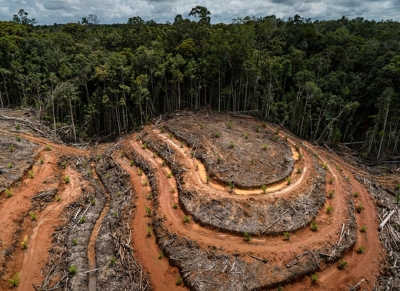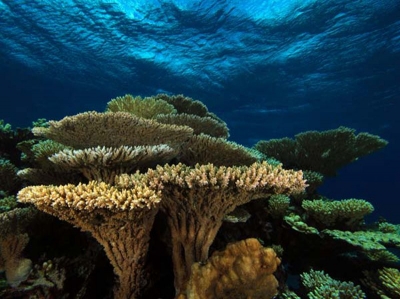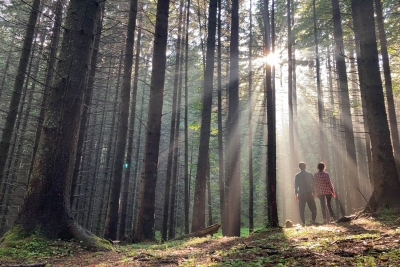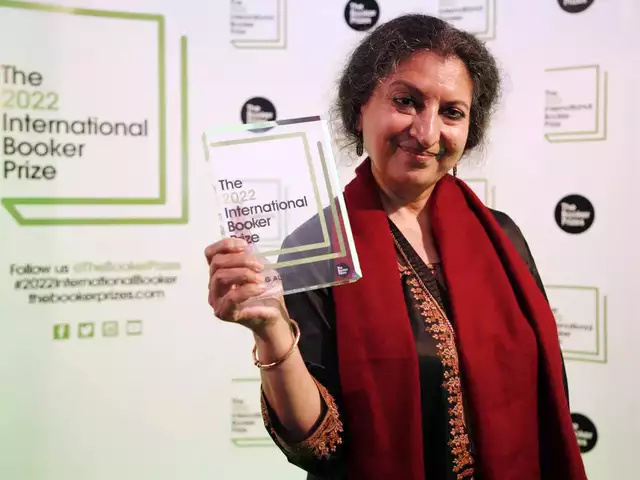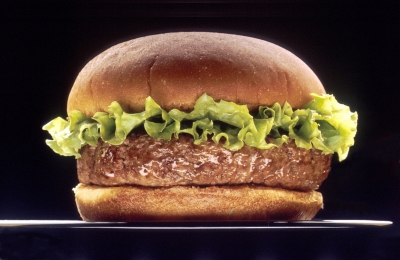
Digital Marketing is a modern way of promoting brands, products and services using all forms of digital channels such as websites, email, social media, mobile apps, etc.
What's this career about?
Digital marketing is another name for online marketing. These days every business and company utilizes digital marketing strategies as people use their mobile phones almost all day, making it easier to reach potential customers.
There are different types of digital marketing some of which are:
SEO Marketing
SEO Marketing or search engine optimization, is one of the most widespread and in-demand skills in the digital marketing world. In essence, SEO marketing is all about designing and creating content to rank highly in search engines when consumers ask brand-relevant queries and industry-applicable searches.
Social Media Marketing
Social Media Marketing is a fast-growing vertical within digital marketing and can serve as a powerful tool in a business' advertising arsenal. In this specialty, you will develop content and advertising strategies that promote customer interest and engagement on a variety of social media platforms, such as Facebook, Twitter, Instagram and TikTok.
While social media marketing may get more media coverage, email marketing is still a core profitable aspect of modern business. Email Marketing sustains and increases business relationships, providing value for customers and engagement for the company. It can drive sales by circulating targeted content designed to appeal to a brand's customer needs and interests.
Content Marketers
Content Marketers create relevant, interesting, and timely content that appeals to and engages customers on all digital frontiers, from a brand's social media channels to its website. Often, this kind of marketing will also encompass educational and informative articles, whitepapers and other written work that establishes a brand as a thought leader in its field.
Conversion Rate Optimization
Conversion Rate Optimization is all about increasing the number of conversions - that is, the percentage of website visitors and potential customers who actually make a purchase, fill out a form, or otherwise interact with the site. A conversion rate optimization (CRO) professional may design website flow and structure to enhance conversion and interaction.
Pay-Per-Click Marketing
Pay-Per-Click Marketing means a company may pay large ad vendors like Google or Facebook for text or visual ad placement, aiming to pique searcher attention and ultimately drive sales.
These marketing managers first examine the needs and resources of the business or organization. Then they work with the editorial, commercial, marketing and technical teams to decide on a simple, effective, advanced and comfortable digital channel, which fit the business requirements. They need to ensure all campaigns are delivered on time and on budget. Later, they track what people are saying about a brand online, and help companies manage their brand image.
In small companies, one may have responsibility across all of these areas in some capacity, while in bigger companies, you may solely manage one area like e-mail marketing.
How do I get there?
As digital marketing pertains to knowledge in science, statistics, artistic visualisation and e-commerce, students of any field can take up digital marketing as a career. However, those with degrees in technology and/or marketing do have an upper hand.
A number of courses/certifications are available throughout India. The duration may range from few months to one year and eligibility is graduation. Some of these are: Google Analytics IQ Certification, Hootsuite Social Marketing Certification, Google Ads Certification, HubSpot Content Marketing Certification, Digital Garage: Fundamentals of Digital Marketing Certification, HubSpot Inbound Marketing Certification.
During the course, students learn about the various formats of marketing like displaying advertising, social media marketing, mobile and internet marketing, search engine optimization and marketing and website design and ways to use them in order to produce a higher response to online marketing efforts.
What skills do I need?
- Excellent oral and written communication skills.
- Passion for online and media-rich, audio-visual products.
- Experience in running and developing marketing initiatives in the online world.
- Willingness to continue to learn about new methods and technology.
- Excellent decision-making and problem-solving skills.
- Creative and aesthetic sense.
- Ability to see things differently, innovative mind.
Institutes
- Indian Institutes of Management at various places
- Indian School of Business, Hyderabad
- National Institute of Securities Markets, Navi Mumbai
- EduKart.com, New Delhi
- Internet & Mobile Research Institute, Bangalore
- NIIT at various places
- Digital Vidya, Gurgaon
Employment profile
Successful candidates may work in the fashion and lifestyle e-commerce industry. Some of the target companies include ITC, Jet Airways, Max Life Insurance, Amazon, Kellogg's, Nestlé.
According to LinkedIn, the digital marketing industry is growing every year and has the greatest number of job openings. It's a thriving industry - today, countless consumers buy products based on the ads they see as they navigate search engines, scroll through social media platforms, and open e-mails. Businesses are increasingly spending a big proportion of their marketing budgets on digital marketing.
Picture Credit : Google
